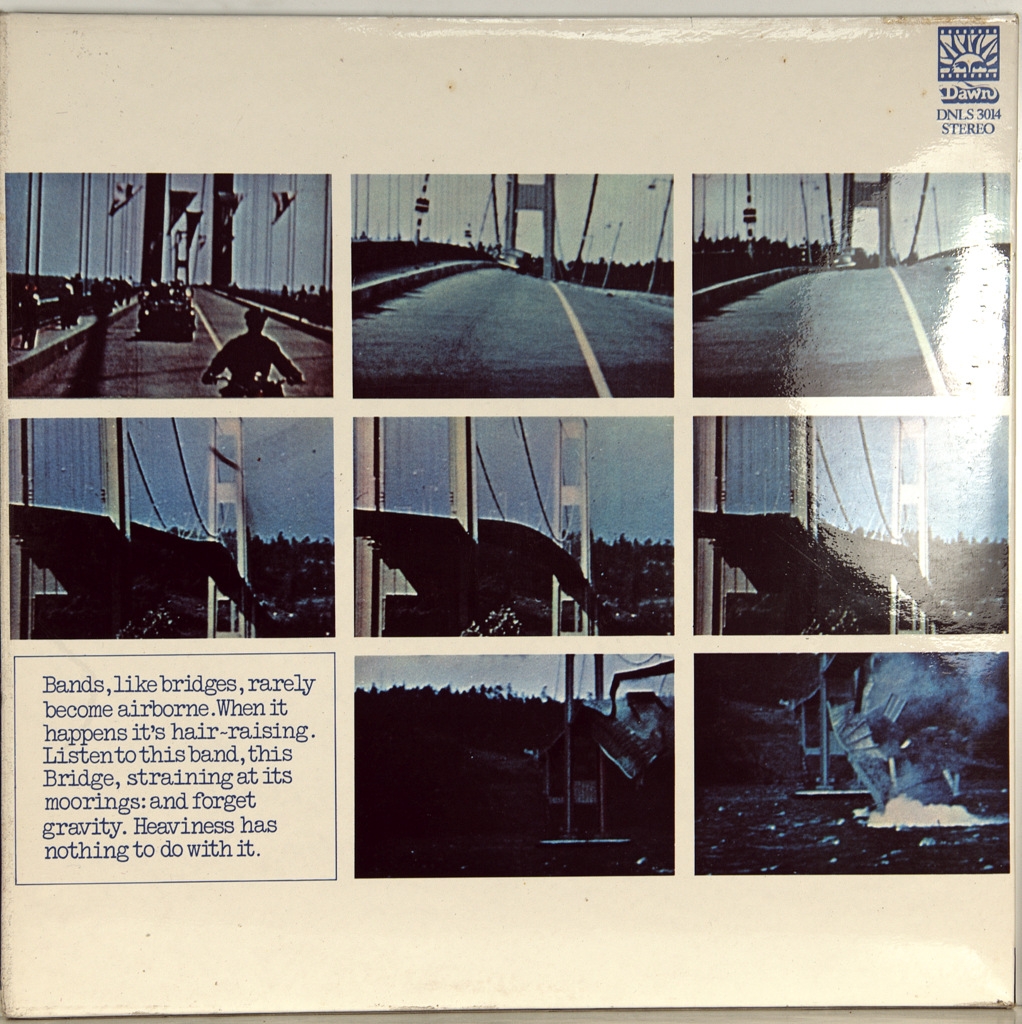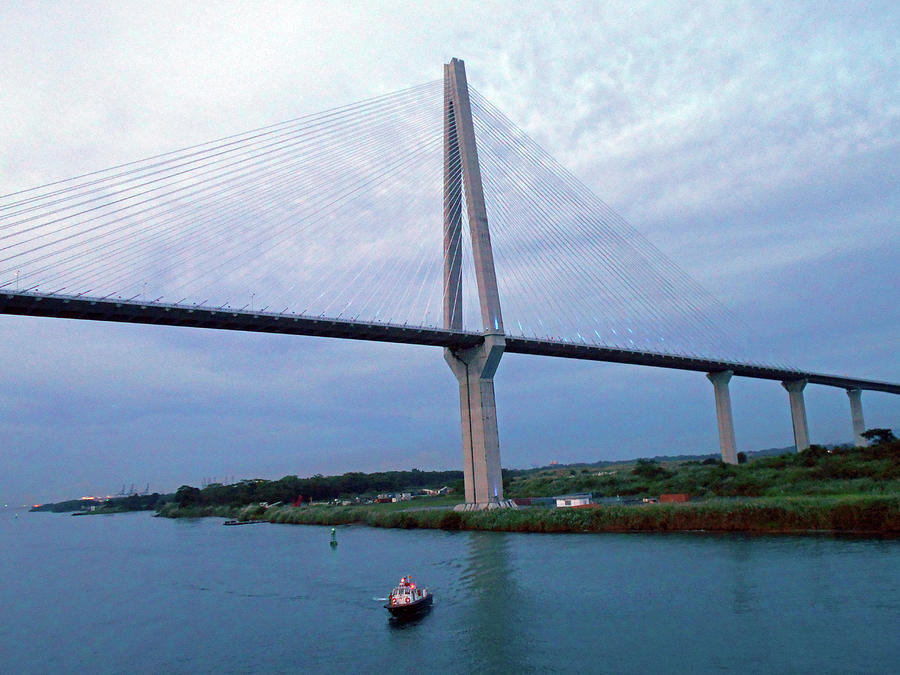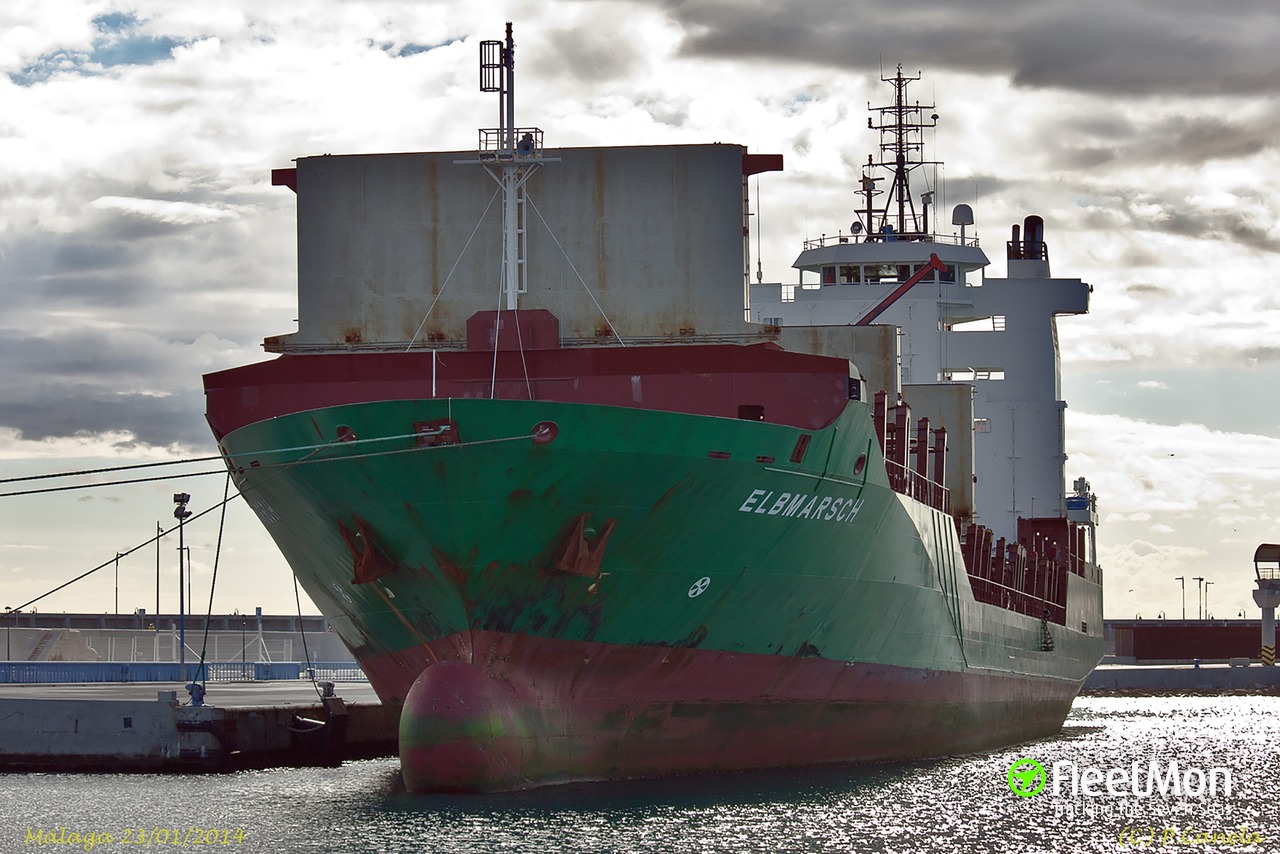
There is a Slate Islands Heritage Centre in Ellenabeich, where the flooded quarry is often mistaken for a harbour.įilm and celebrity buffs might like to know that Seil was once the home to the late Frances Shand Kydd, mother of Diana, Princess of Wales and that scenes from the 1969 tear-jerker Ring of Bright Water were filmed in and around Ellenabeich. No one died, fortunately, but hundreds of jobs were lost immediately on nearby Easdale, the slate industry limped on until the 20 th century. Ellenabeich was itself once an island, much of it made of spoil from a large slate quarry, 250 feet (76 metres) deep below sea level, whose narrow sea wall was breached in a great storm of 1881. The slate was exported so widely that the islands have been referred to as the islands that roofed the world. Seil is the northernmost of the slate islands ( Seil, Easdale, Luing, Lunga, Shuna, Torsa and Belnahua), so-called because of the product that was extracted from at least the 1500s, peaking in the 19 th century when hundreds were employed cutting slate from the quarries, and dressing it.

So islanders heading to the mainland for work would, so the story goes, change into trousers at the inn and back into their traditional plaid on their return home. This interesting tag derives from the time after the 1745 Jacobite rebellion, when the Government attempted to destroy Gaelic culture – which included banning the kilt. If you think that’s tricky, try Tigh an Truish the Tigh an Truish Inn is just on the island side of the Atlantic Bridge and the name means house of trousers.

Perhaps this uncertainty is because Easdale is so much easier to pronounce than Ellenabeich, which comes out as a kind of mild sneeze every time I attempt it. It is on the B844, the one and only road leading onto Seil, from which you get to the largest village on the island at Ellenabeich – confusingly often called Easdale, the same name as a small island ( Eilean Eisdeal) just a few oar-strokes away. I didn’t measure it myself, but those are the figures most of the guides give.

This might be the same John Stevenson who, with his brother Hugh, built most of Oban yet another story.įor those that enjoy statistics (and almost 20% of you do*), Clachan Atlantic Bridge is 300 feet (91 metres) long with a span of 72 feet (22 metres) and its elegant hump is 39 feet (12 metres) high – so small boats can slip safely beneath. The bridge was designed by Robert Mylne (1733-1811) – who also designed Blackfriars Bridge in London – and it was apparently built (or originally designed) by a John Stevenson of Oban. We Brits are known for our sense of humour just look at how we still agree to pay our politicians. The Bridge over the Atlantic was constructed in 1792 across a narrow channel in the Firth of Lorne which is technically part of the Atlantic Ocean, albeit possibly not the great, and somewhat deeper, expanse of water that Anne’s son may have had in mind. This amused me – Anne’s stylish, informative, prose often does – so I mentioned it to Mrs Britain, who reminded me that Britain not only has an Atlantic Bridge, but also that we had once crossed it well, twice, actually. It led to an interesting impromptu geography lesson – he was pretty sure there must be a bridge across the Atlantic SOMEWHERE”. Anne Clare, writer, wife, mother and history lover at The Naptime Author, left a kind comment on A Bit About Britain’s feature on Furness Abbey: “My son thought we ought to drive over and visit this one. So if you’re looking for the other end of a bridge across the Atlantic somewhere on the east coast of North America, it won’t be this one. Atlantic Bridge’s real name is Clachan Bridge and it joins the Hebridean island of Seil with the mainland, spanning a narrow section of the Atlantic Ocean.

You’ll find it in Argyll, Scotland, about 10 miles south of Oban. Last Updated on 9th November 2021 by is the Bridge over the Atlantic, also known as the Atlantic Bridge I daresay someone’s referred to it as Atlantic Crossing too.


 0 kommentar(er)
0 kommentar(er)
